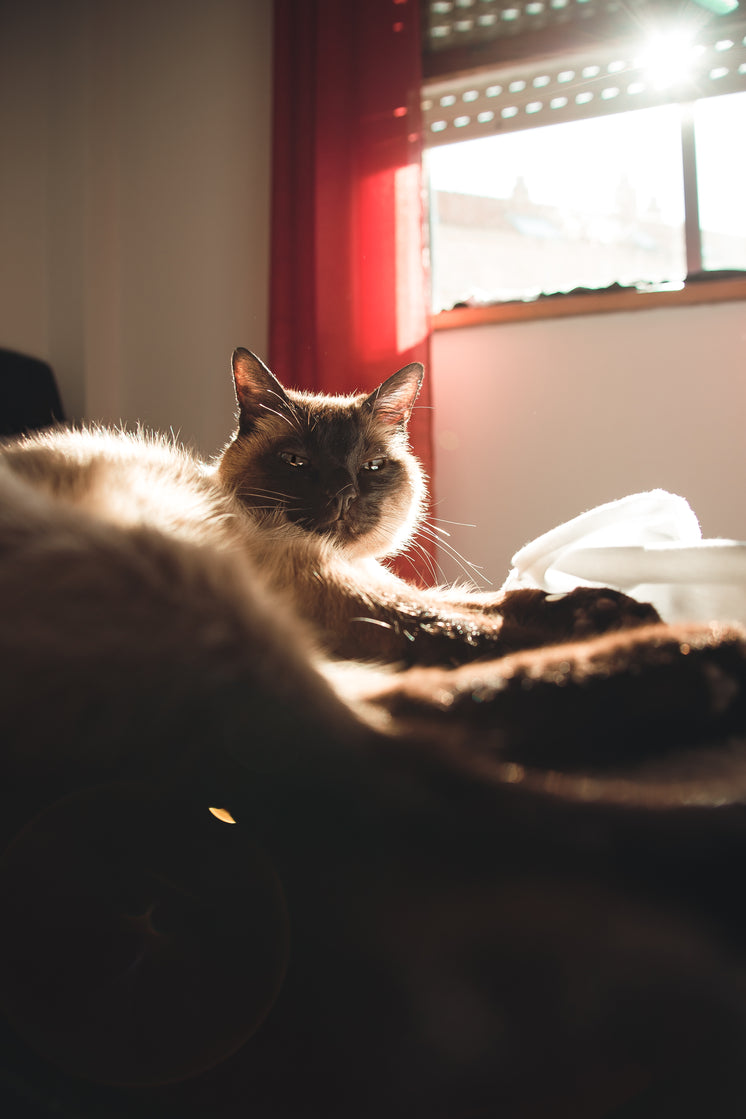Handling Allergies with Dust-Free Cat Litter
Handling Allergies with Dust-Free Cat Litter
Blog Article

Cat litter and litter boxes play a pivotal function in the lives of both felines and their owners. From the humble beginnings of sand and soil to the innovative improvements these days, the world of cat litter has actually evolved significantly. In this detailed guide, we dive into every element of cat litter and litter boxes, exploring their history, types, advantages, obstacles, and whatever in between.
The history of cat litter go back centuries, with ancient civilizations utilizing sand, soil, and even ashes as primitive litter products. Nevertheless, it wasn't till the mid-20th century that modern-day cat litter as we understand it emerged. In 1947, Edward copyright presented the world's very first business cat litter made from absorbent clay, changing the method felines relieved themselves inside your home. Given that then, cat litter has actually gone through various changes, with the intro of clumping litter, silica gel litter, naturally degradable choices, and more.
Today, cat owners are spoiled for choice when it comes to selecting the ideal litter for their feline buddies. Standard clay litter stays popular for its cost and effectiveness in absorbing odors. Clumping litter, which forms strong clumps when wet, streamlines cleansing and maintenance. Silica gel litter, composed of extremely absorbent silica crystals, uses exceptional odor control and longevity. Biodegradable options, such as recycled paper, wood pellets, corn, and wheat, interest ecologically conscious consumers.
Each kind of cat litter uses distinct advantages. Clay litter masters its capability to soak up Wood Cat Litter moisture and control odors, making it a reliable option for numerous cat owners. Clumping litter streamlines everyday scooping and extends the time between total litter modifications. Silica gel litter offers exceptional smell control and can last longer between replacements. Biodegradable litters use a sustainable option that reduces environmental effect.
While cat litter enhances indoor feline health, it is not without its difficulties. Dust from clay litter can position breathing dangers for both cats and human beings, prompting the appeal of dust-free alternatives. Some felines may establish litter box aversion due to concerns with texture, fragrance, or tidiness, requiring experimentation with different litters and box setups. Multi-cat households might require tactical litter box positioning and frequent upkeep to prevent territorial disputes and make sure all cats have access to clean facilities.
Choosing the proper litter box is important for promoting positive litter box practices and overall feline wellness. Factors to consider consist of size, accessibility, and style preferences. Covered litter boxes supply personal privacy and aid include smells, however some cats might discover them confining or frightening. Open-top litter cat litter robot boxes offer simple gain access to and visibility but may lead to more litter scatter. Automatic self-cleaning litter boxes improve upkeep but require routine monitoring and maintenance.
Correct litter box maintenance is vital for ensuring a tidy and inviting environment for both felines and their owners. Daily scooping removes waste immediately, minimizing smell and preventing litter box aversion. Routine litter replacement, normally every 1-2 weeks, prevents bacterial buildup and keeps optimal absorbency. Comprehensive cleansing with moderate detergent and water, avoiding extreme chemicals that might deter cats from using the box, must be carried out monthly.
Cat litter and litter boxes play a central role in promoting a healthy and unified relationship in between cats and their human companions. With a diverse variety of litter alternatives cat litter box self cleaning and litter box designs available, cat owners have the versatility to customize their options to fit their felines' choices and family requirements. By understanding the evolution, types, benefits, and difficulties of cat litter and litter boxes, family pet owners can supply their feline friends with a comfortable and hygienic indoor environment.